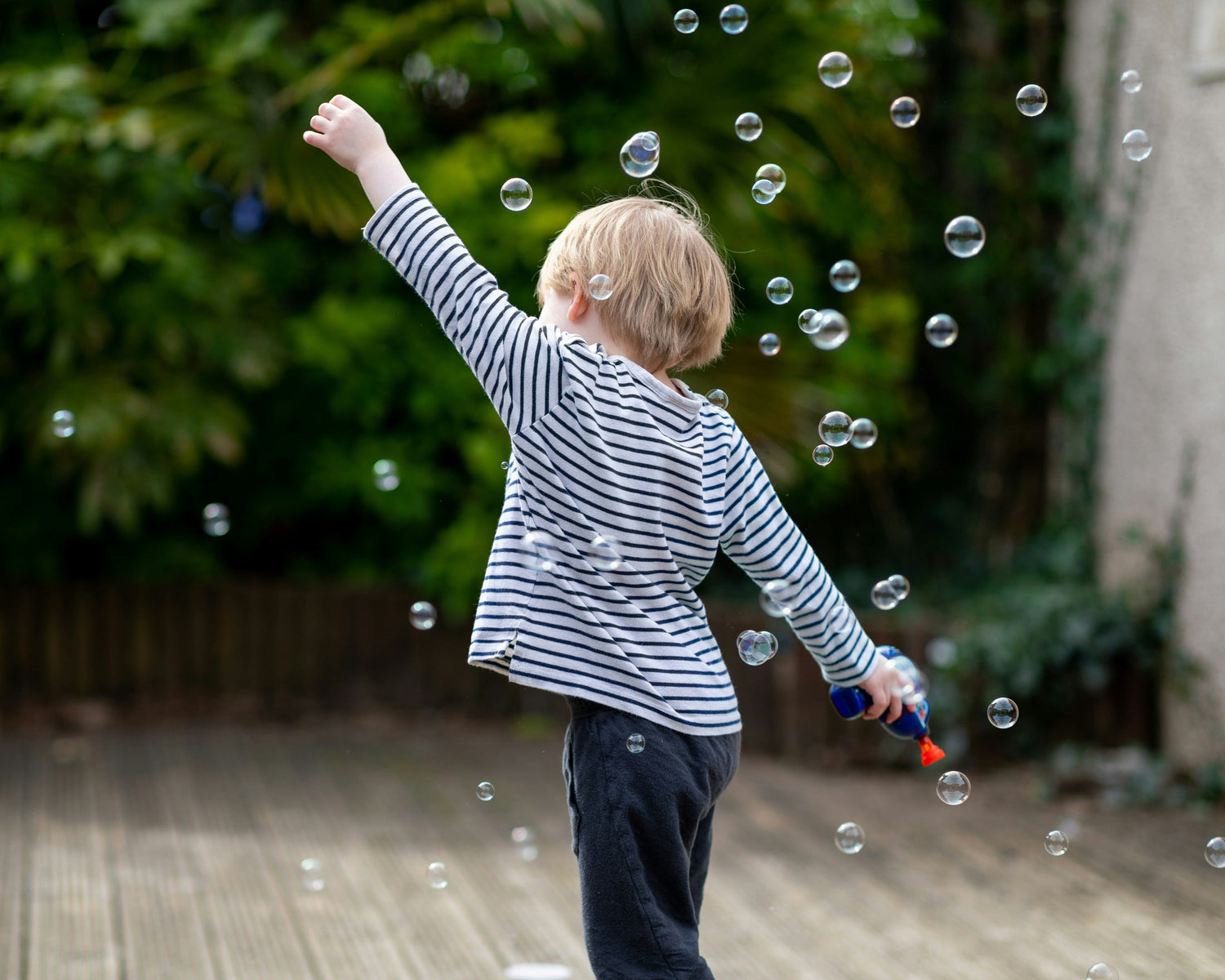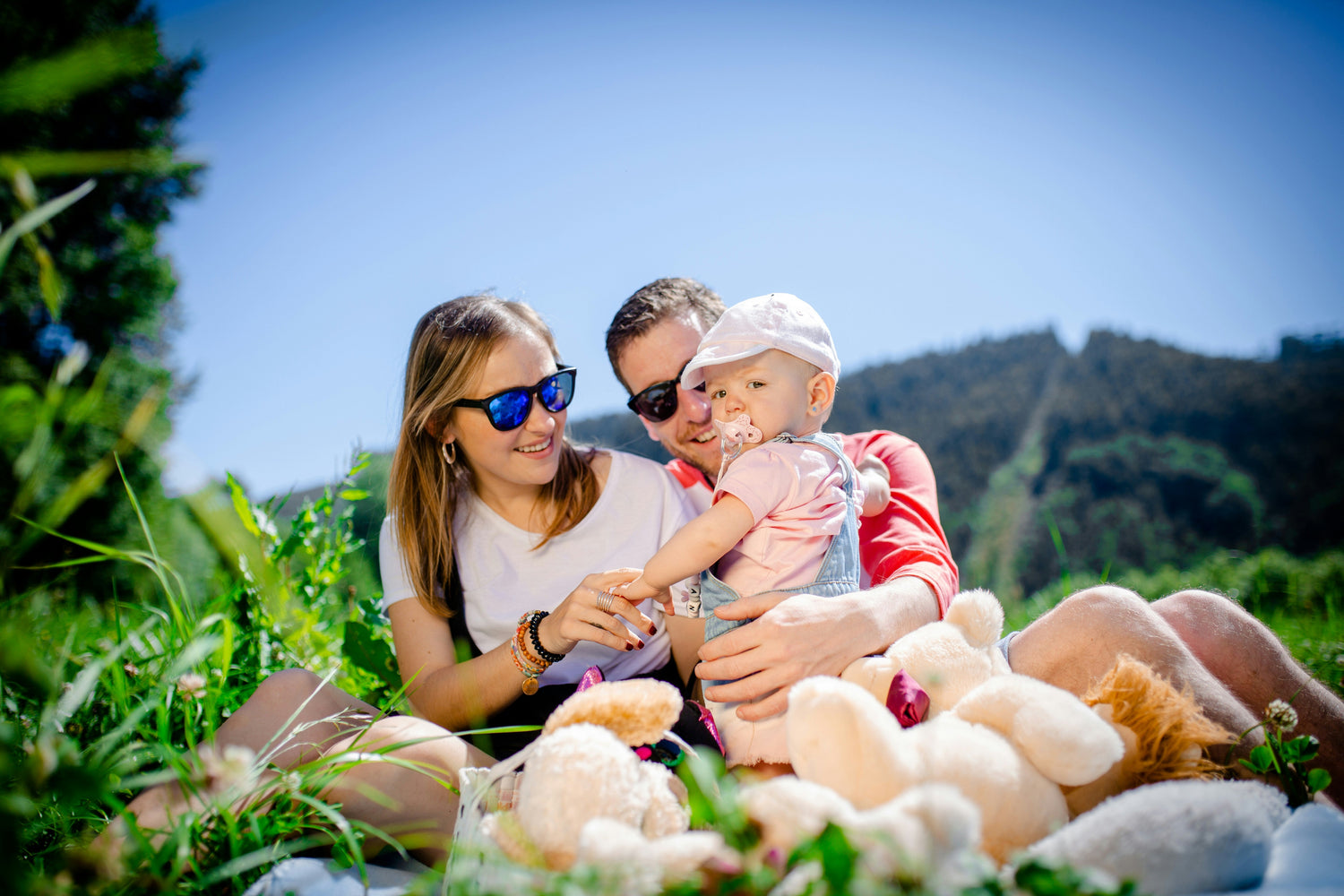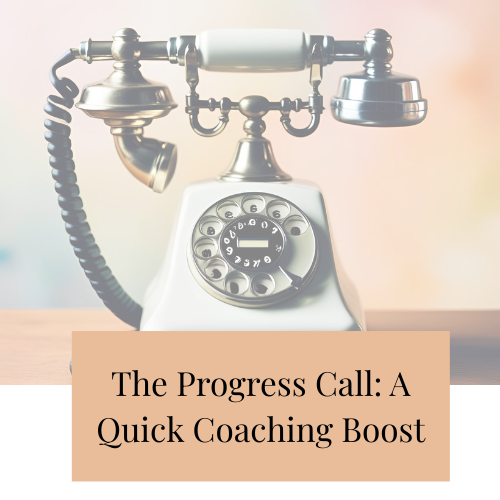Understanding Social and Emotional Development in Early Childhood
Social and Emotional Development in Early Childhood
Insights from Experts and Evidence-Based Research
Social and emotional development in the early years forms the foundation for a child’s wellbeing, relationships, and lifelong learning. It’s about more than managing feelings—it’s about learning how to relate, empathize, self-regulate, and thrive in a social world.
What Does Social and Emotional Development Involve?
Self-awareness: Recognizing feelings, needs, and strengths.
Emotional regulation: Managing feelings in appropriate ways.
Social skills: Sharing, turn-taking, empathy, cooperation.
Relationship-building: Forming secure attachments and friendships.
Why the Early Years Matter
Brain development during the first five years is rapid and deeply influenced by relationships and environment. According to Harvard’s Center on the Developing Child, responsive interactions—those back-and-forth “serve and return” moments—help shape the brain's architecture and emotional resilience.
What the Research Says
Attachment theory (Bowlby & Ainsworth): Secure relationships form the foundation for healthy emotional development.
Emotional coaching (Gottman et al.): Children who are guided through their emotions become more emotionally intelligent and socially competent.
Early Years Frameworks: EYFS (UK) and CDC Milestones (US) highlight emotional regulation and social connections as key learning outcomes.
How to Support It at Home
Validate feelings: “You’re upset because your tower fell. That’s frustrating.”
Model emotional expression: “I feel a bit tired today, so I’m taking a moment to breathe.”
Play together: Role play, small world toys, and storybooks are powerful tools for exploring emotions and relationships.
Final Thought
Children develop socially and emotionally through connection. Every moment of comfort, shared laughter, and co-regulation builds a scaffold for lifelong emotional wellbeing.
Curious Minds







